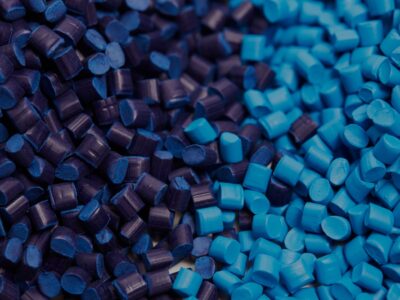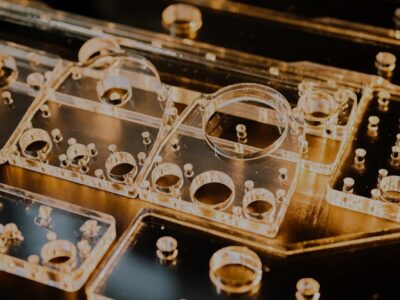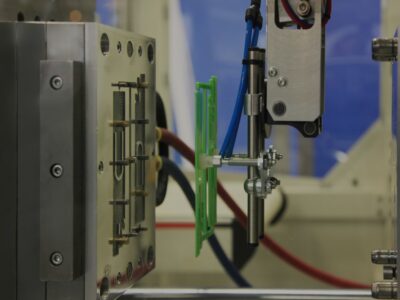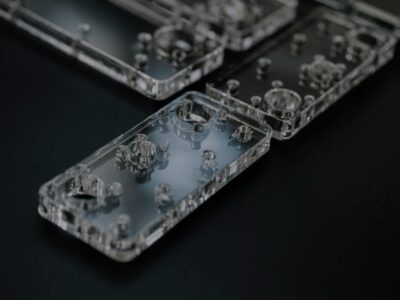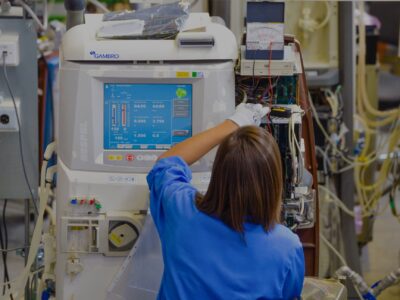Originally published on fastradius.com on April 14, 2021
Even though polypropylene is only 70 years old — very young by manufacturing’s standards — it’s the second most popular and the most profitable material in the manufacturing industry. The global market for polypropylene was worth roughly $126.03 billion in 2019, and the current demand for polypropylene material hovers around 62 million tons per year.
Polypropylene’s explosive growth shows no sign of slowing down, and engineers and product teams should familiarize themselves with this versatile material and explore how it can be used in their products.
What is polypropylene?
Polypropylene is a low-cost, easy-to-use crystalline thermoplastic that can be found in many of the consumer goods we use today. The two main types of polypropylene are homopolymers and copolymers.
Homopolymer polypropylene is stronger and stiffer than copolymer polypropylene. It’s commonly found in medical equipment like upper and lower extremity orthoses or prosthetic sockets. Even though copolymer polypropylene is softer than homopolymer polypropylene, it’s still tough and durable. In fact, copolymer polypropylene has better crack resistance and low-temperature toughness than homopolymer polypropylene, and it can be used for many of the same applications.
Commonly referred to as an “addition polymer,” polypropylene takes to other composite plastics and polymers like polyethylene very easily. Copolymerization will change polypropylene’s properties slightly, but this opens up more manufacturing opportunities.
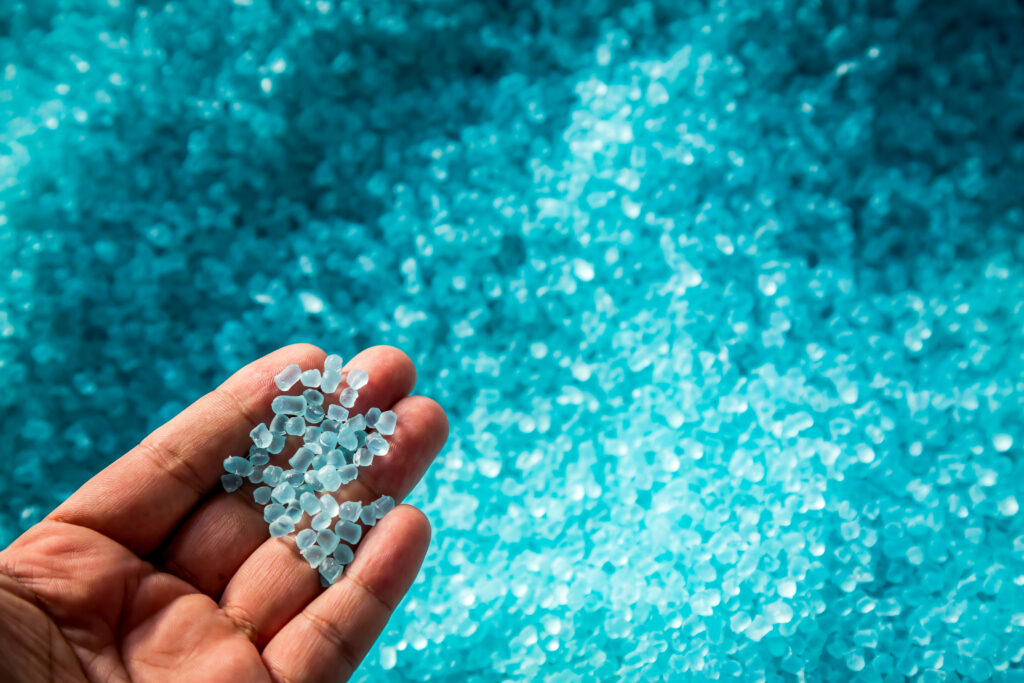
Polypropylene’s properties and mechanical specifications
Often called “the steel of the plastics industry,” polypropylene is an exceptionally tough plastic that holds up well against mold, rot, bacteria, oil, water, electricity, and high levels of physical stress. For all its strength and resistance, polypropylene is still lightweight, flexible, and elastic enough to bend without breaking. Polypropylene is also one of the few easily recyclable plastics on the market.
The mechanical properties of polypropylene will differ based on the type of polypropylene. The mechanical specifications of a standard homopolymer polypropylene include:
- Tensile strength: 4,800 psi
- Tensile modulus: 195,000 psi
- Flexural strength: 7,000 psi
- Flexural modulus: 180,000 psi
- Hardness, Rockwell R: 92
Naturally, polypropylene plastic does have some drawbacks. For instance, product teams should know that polypropylene isn’t well suited for high-temperature applications — it’s highly flammable and its thermal expansion coefficient is particularly high. Also, it’s susceptible to oxidation, UV degradation, chlorinated solvents, and aromatics.
Why choose polypropylene plastic?
Engineers and product teams should consider polypropylene for their next project because of its versatility. Polypropylene’s unique mechanical properties are well-suited for a wide variety of applications. It can function as both a plastic and as a fiber, and polypropylene plastic is compatible with both CNC machining and injection molding. Additionally, it can be made transparent even though it’s naturally opaque upon production, meaning polypropylene is a smart aesthetic choice as well.
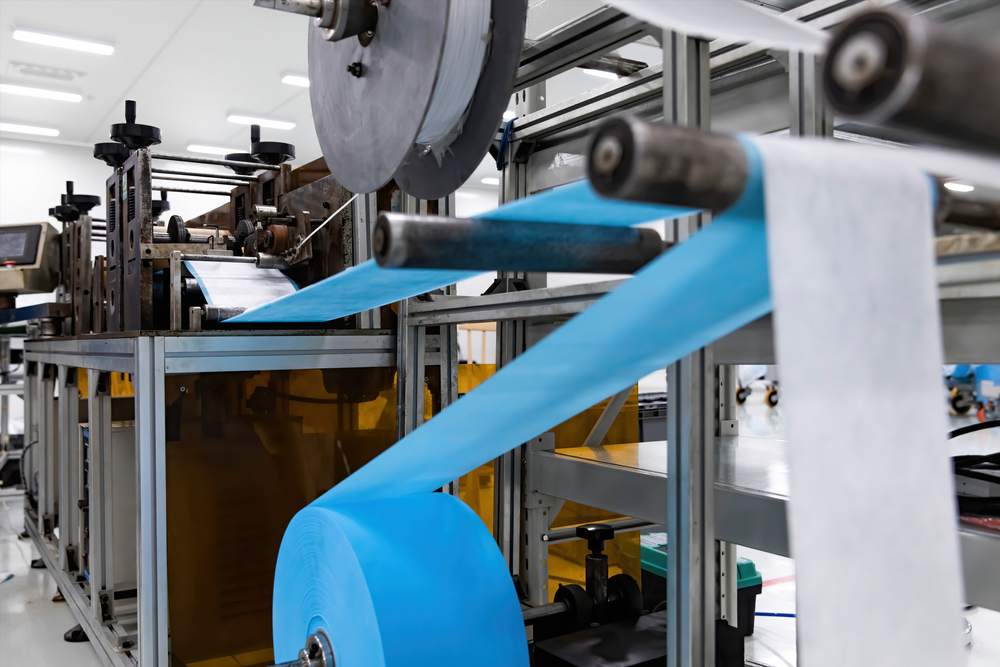
Polypropylene also outpaces comparable plastics like polyethylene in a few key ways. Polypropylene is lighter, stiffer, and more resistant to chemicals and organic solvents than polyethylene, plus it has better dielectric properties.
You can find polypropylene plastic in all kinds of flexible and rigid packaging, plus a wide variety of consumer goods like colanders, food storage containers, cutting boards, and even outdoor rugs. Industrial applications for polypropylene include bumpers and instrumental panels in the automotive industry, disposable syringes and diagnostic devices in the medical industry, and much more.
Getting started with polypropylene
Polypropylene’s adaptability, strength, and versatility have made it a favorite among product teams and engineers. With polypropylene, you get a durable and cost-effective material with a unique combination of material properties that make it applicable to a wide variety of use cases.
Do you think polypropylene might be the right material for your next project? The experienced team at SyBridge can help you dot your i’s and cross your t’s to ensure that you’re making the best decision. We can guide you through the entire material selection process and offer tips and tricks that will help you make the most of this versatile material. Contact us today — let’s make something incredible together.
